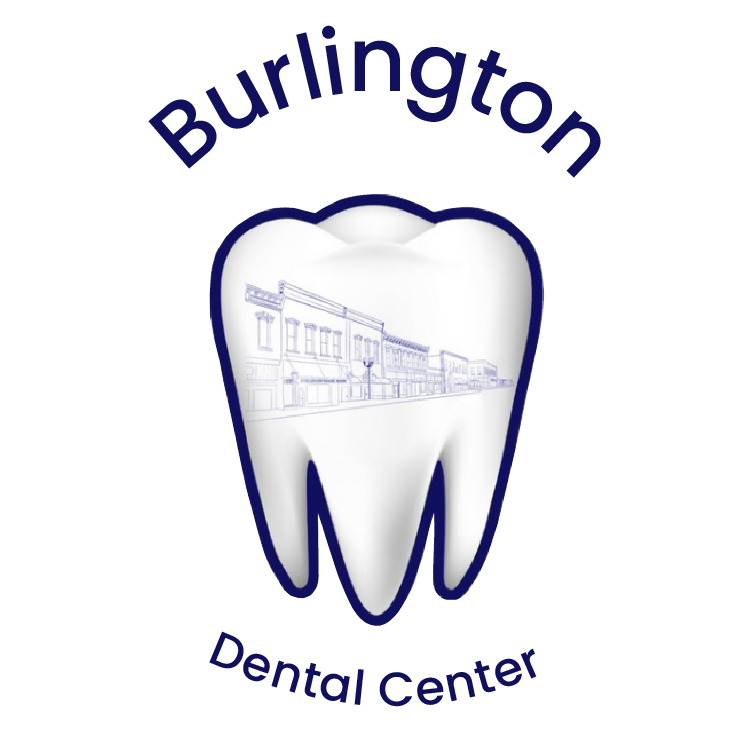Tooth extractions, whether due to problematic wisdom teeth, decay, or other dental issues, come with crucial post-operative instructions to ensure a smooth recovery.
One of the primary concerns many patients have is about their diet – specifically, when they can return to eating their favorite foods. And honestly, after a visit to the dentist, who doesn't crave a bit of solace in the form of a sugary, frozen treat?
Enter the often-asked question: "When can I safely eat ice cream?"
Healing After a Tooth Extraction — Here’s What to Know
Following a tooth extraction, the body immediately begins its natural healing process.
The primary goal is the formation of a blood clot at the extraction site — which is a good thing, even if it sounds scary. This clot acts as a protective layer, covering the exposed bone and nerve endings, and aids in preventing infections.
Disturbing this clot can lead to complications such as the dreaded “dry socket” – a painful condition where the bone becomes exposed due to clot loss. As such, understanding the healing timeline and how certain foods and actions can impact it is crucial in the hours and days following the procedure.
How Soon Can I Eat Ice Cream After a Tooth Extraction? [Quick Answer]
Thankfully, there are no restrictions with eating ice cream after a tooth extraction. This means you can eat ice cream as soon as you leave your dental appointment.
Soft ice cream (like soft serve) without any chewy mix-ins is the best, safest option.
Toppings like peanuts can harm the extraction site and also become lodged in the socket
Other chewy toppings will cause strain on the jaw, which is best avoided for the first week after an extraction.
The Role of Ice Cream in Post-Extraction Recovery
Ice cream, fortunately, is on the list of recommended foods to consume after a tooth extraction for several reasons:
Cold Temperature: The coolness of ice cream can act as a natural numbing agent, helping to reduce swelling and provide relief from pain and discomfort.
Soft Consistency: Its creamy texture means no chewing is required, minimizing the risk of disturbing the extraction site.
Comfort Factor: Beyond the physical benefits, ice cream can offer a psychological comfort. Dental procedures can be anxiety-inducing, and allowing oneself a treat can be a small but effective morale booster.
However, while ice cream can be a good post-extraction choice, it's essential to avoid types with crunchy mix-ins like nuts or chocolate chips in the initial recovery days. These can pose a risk to the sensitive extraction site.
Guidelines for Consuming Ice Cream After an Extraction
To fully enjoy the benefits (and deliciousness) of ice cream without jeopardizing your recovery, follow these simple guidelines:
Timing Matters: It's usually safe to eat ice cream a few hours after the extraction, but always follow your dentist's advice. Consuming it too soon can be less effective in numbing since the local anesthetic might still be active.
Spoon Over Cone: Opt for eating ice cream with a spoon from a bowl or cup. Biting into an ice cream cone could inadvertently cause pressure or trauma to the extraction area.
Avoid Suction: Be wary of how you eat. Sucking motions, like when enjoying a milkshake, can dislodge the blood clot. It's safer to eat your ice cream with a spoon, taking small, gentle bites.
Plain is Best: For the first couple of days, choose plain flavors without any crunchy or chewy mix-ins.
Rinse After Eating: Gently rinse your mouth with warm salt water after eating to ensure no debris remains around the extraction site, helping to keep the area clean and free from potential irritants.
Remember, while ice cream can be a soothing treat after a tooth extraction, always prioritize your healing process. If you notice any unusual symptoms or prolonged pain, it's essential to consult your dentist.
Potential Risks to Consider
While indulging in ice cream can offer relief, there are certain risks to be mindful of:
Sugar Content: Ice cream is high in sugar, which can promote bacterial growth in the mouth. This can be a concern, especially after a dental procedure when optimal oral hygiene is crucial. Consuming sugar can increase the risk of infection, especially if remnants are left around the extraction site.
Temperature Sensitivity: Some individuals may experience heightened sensitivity to cold temperatures after dental procedures. If this is the case, consuming very cold ice cream can trigger discomfort. If you're worried about sensitivity, let your ice cream sit out for a few minutes to thaw slightly before eating.
Potential for Dry Socket: Dry socket is a painful condition that can occur after a tooth extraction, where the protective blood clot is dislodged from the extraction site. Consuming foods through sucking motions or being too aggressive while eating can increase the risk. Always eat gently and avoid any vigorous actions in the mouth during the initial healing days.
Other Soft Food Alternatives After a Dental Extraction
If you're looking for variety or want to reduce sugar intake while benefiting from soft foods, consider these alternatives:
Yogurt: Smooth and creamy, yogurt can be just as soothing as ice cream but typically contains less sugar. Opt for plain varieties and add a drizzle of honey or fresh fruit for flavor if desired.
Pudding: Whether you prefer chocolate, vanilla, or another flavor, pudding offers a gentle texture that's safe for post-extraction consumption.
Applesauce: Naturally smooth and easy to eat, applesauce provides a touch of sweetness without requiring any chewing.
Smoothies: You can prepare nutritious and delicious smoothies using your favorite fruits, vegetables, and liquids. Avoid using straws, as the sucking motion can be harmful. Instead, enjoy your smoothie with a spoon.
Mashed Potatoes: Soft, warm, and comforting, mashed potatoes can be seasoned lightly and provide a savory alternative to the sweet options.
Remember, the primary goal after a tooth extraction is to promote healing. By making mindful food choices and following your dentist's recommendations, you can enjoy a speedy and comfortable recovery.
Final Thoughts
Navigating the aftermath of a tooth extraction can seem daunting, but with the right precautions, it can be a manageable experience.
While ice cream is a popular choice for its soft texture and sweet taste, it's essential to be conscious of its sugar content and potential implications. Balancing between comfort and health, ensuring good oral hygiene, and adhering to dental guidelines will pave the way for a swift and uneventful recovery.
FAQs
Can ice cream cause dry socket?
Ice cream itself does not directly cause dry socket. However, aggressive sucking or chewing can dislodge the protective blood clot at the extraction site, leading to dry socket. It's best to eat ice cream gently, especially in the first few days after the procedure. Importantly, avoid consuming milkshakes or other ice cream products through a straw.
Is ice cream OK to eat after tooth extraction?
Yes, ice cream is generally safe to eat after a tooth extraction, and its cold temperature can help soothe the surgical site. Opt for smoother varieties without chunks or add-ins to ensure easy consumption. Remember to consume in moderation due to its high sugar content.
Why can't I have dairy after tooth extraction?
While some dairy products like ice cream and yogurt are generally considered safe post-extraction, certain dairy-based probiotics or fermented dairy products can potentially interfere with the healing process or medication effects. It's always a good idea to follow your dentist's specific recommendations and avoid any foods they list as contraindicated.
* Though the author of this post is a licensed dentist in the state of Kansas, this information is provided for informational and educational purposes only. Please use your best judgment and contact emergency medical services in the event of an emergency.




